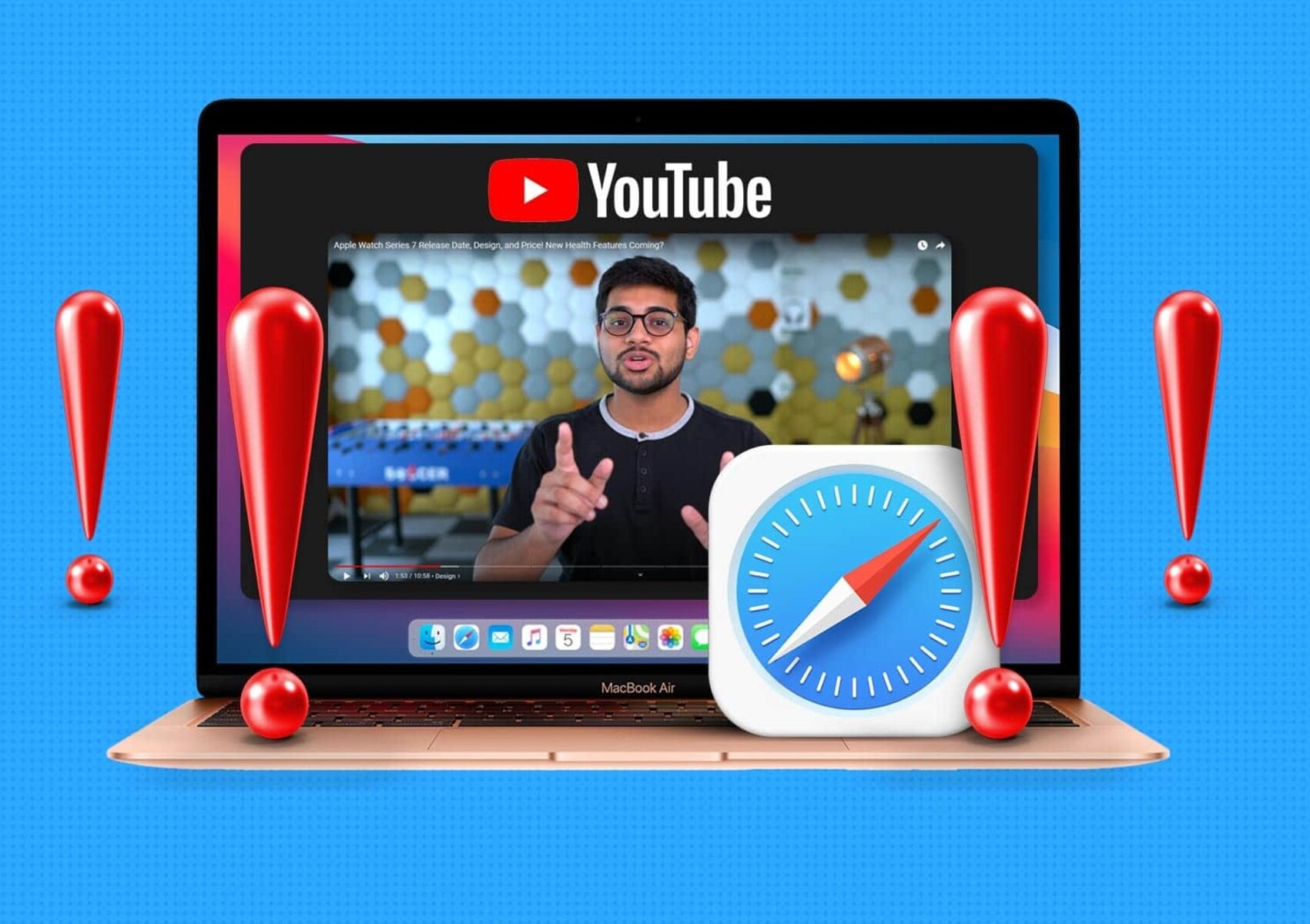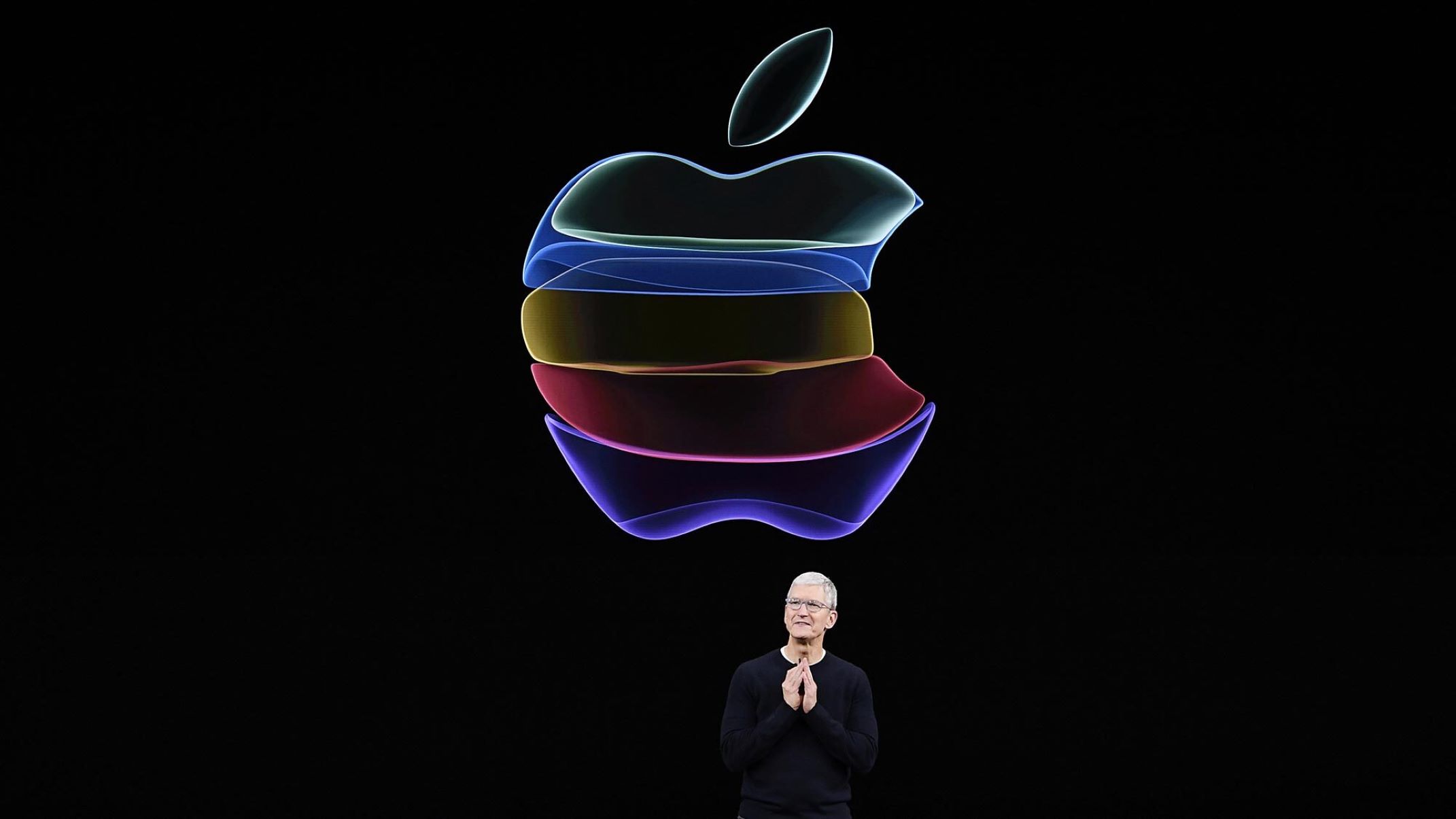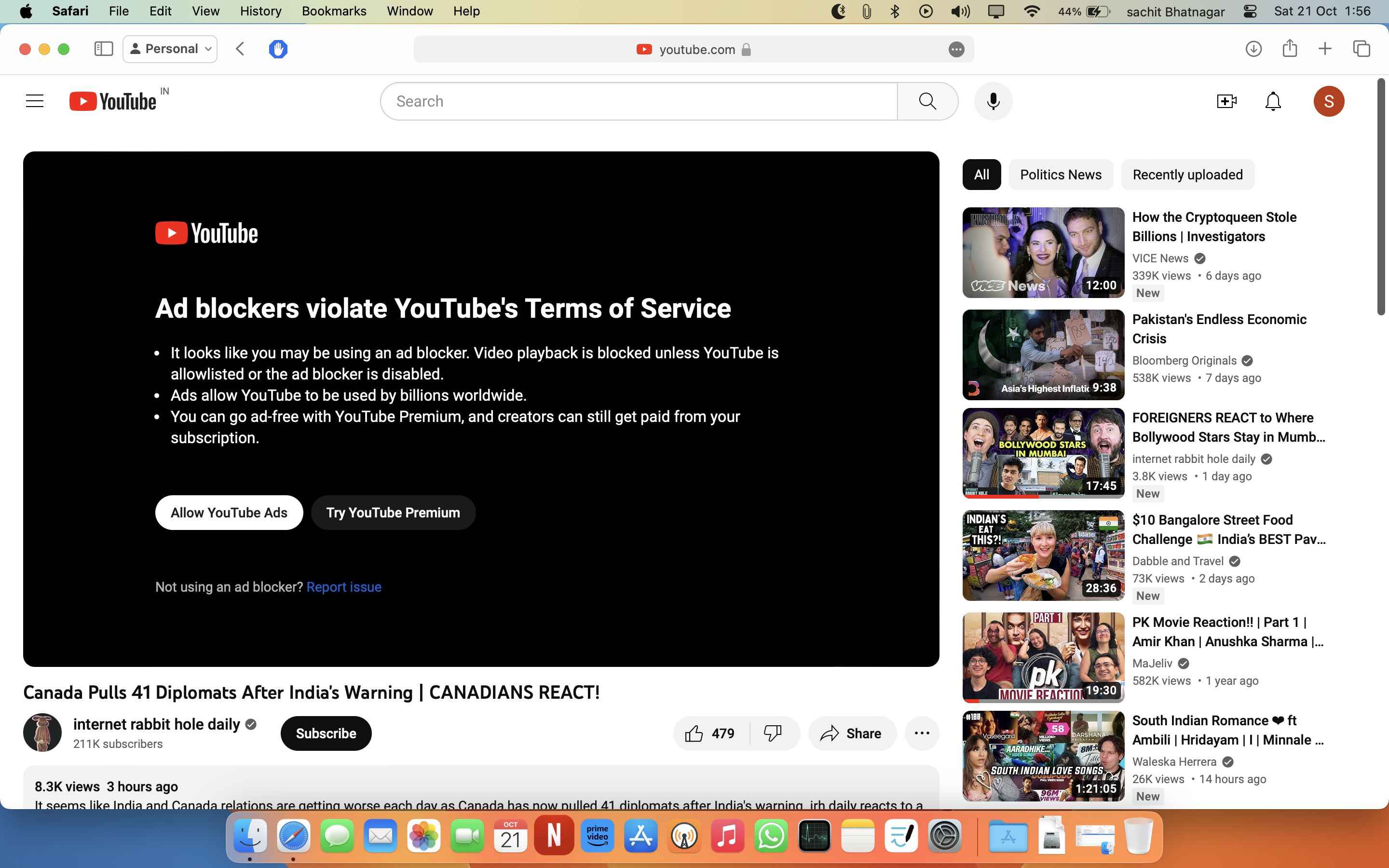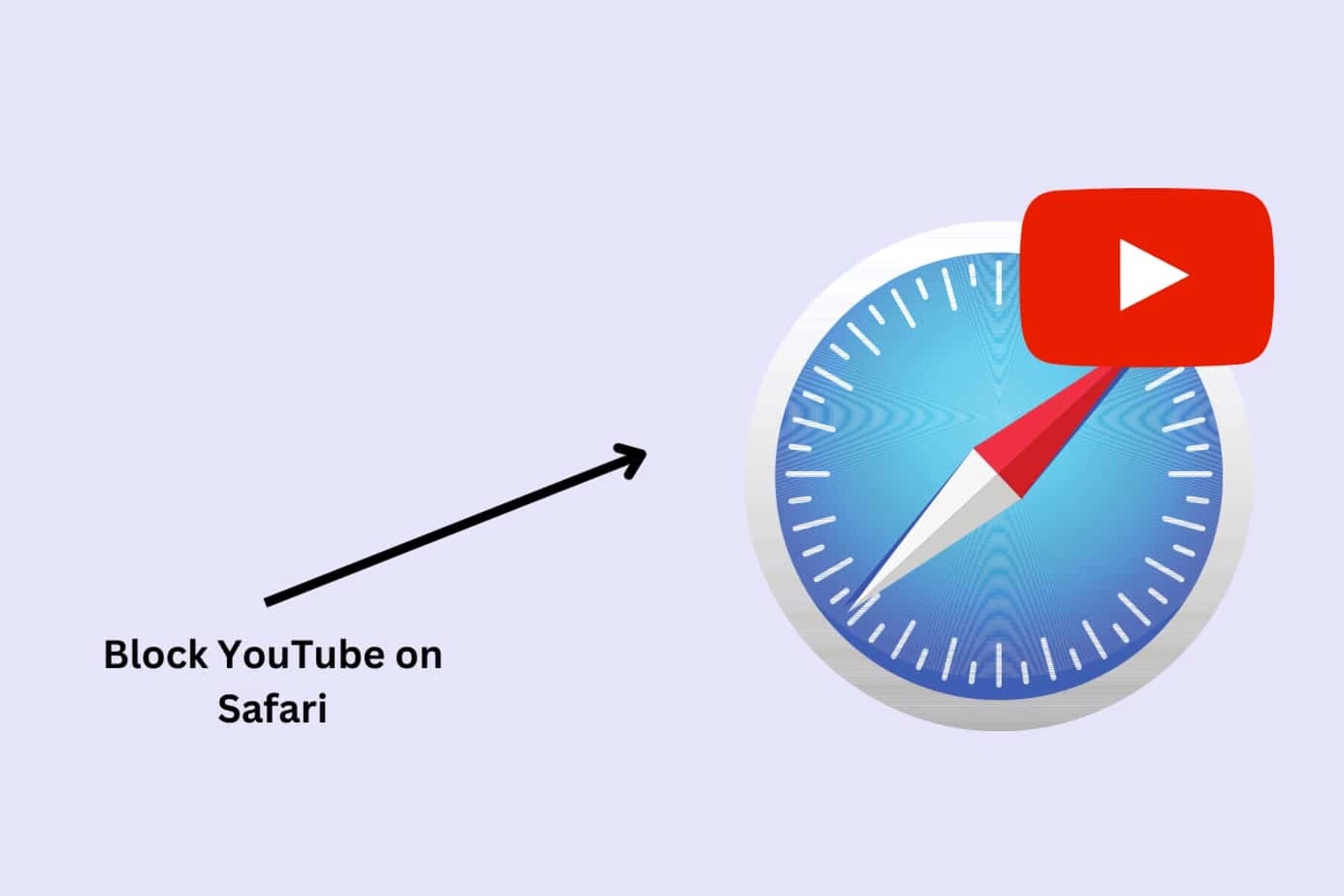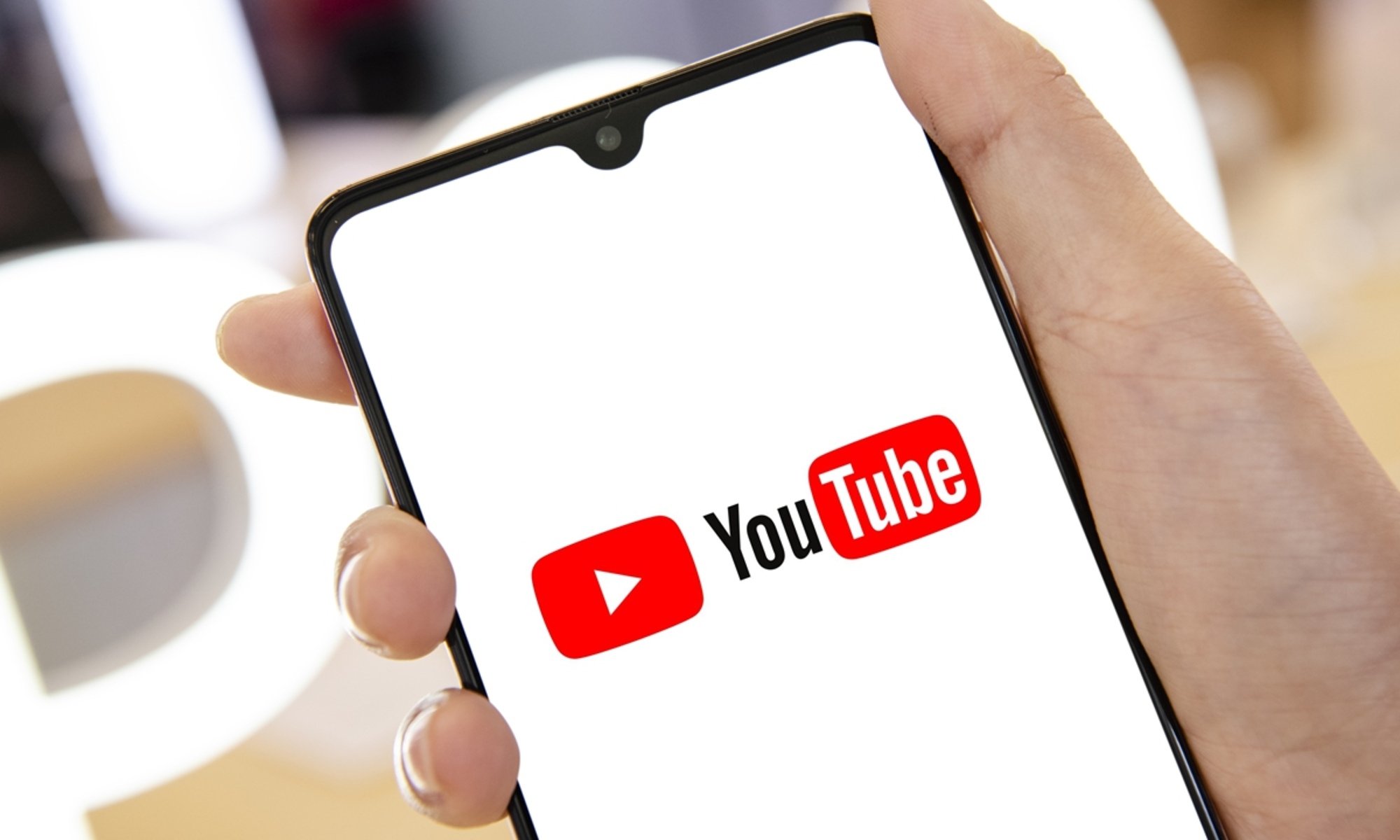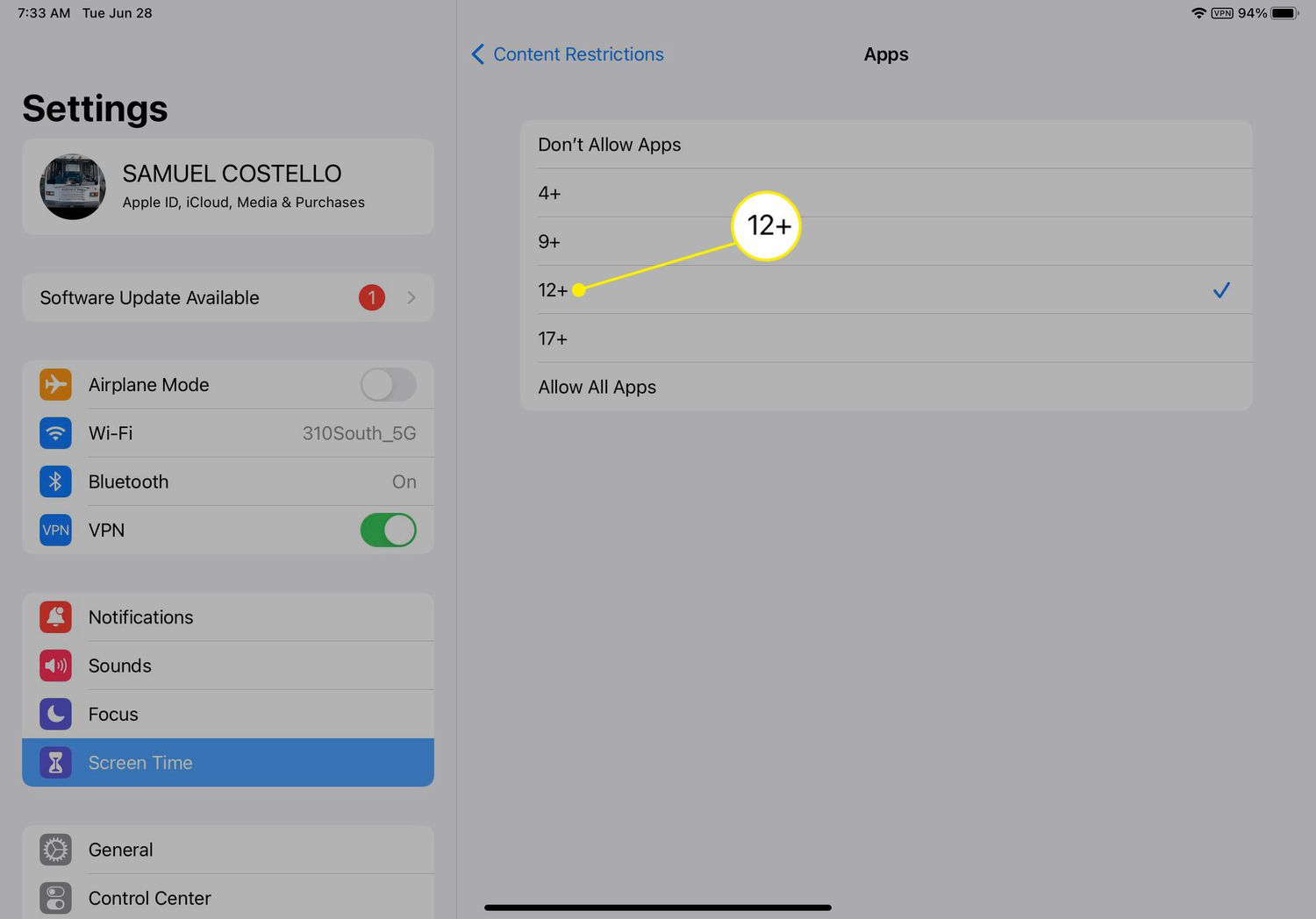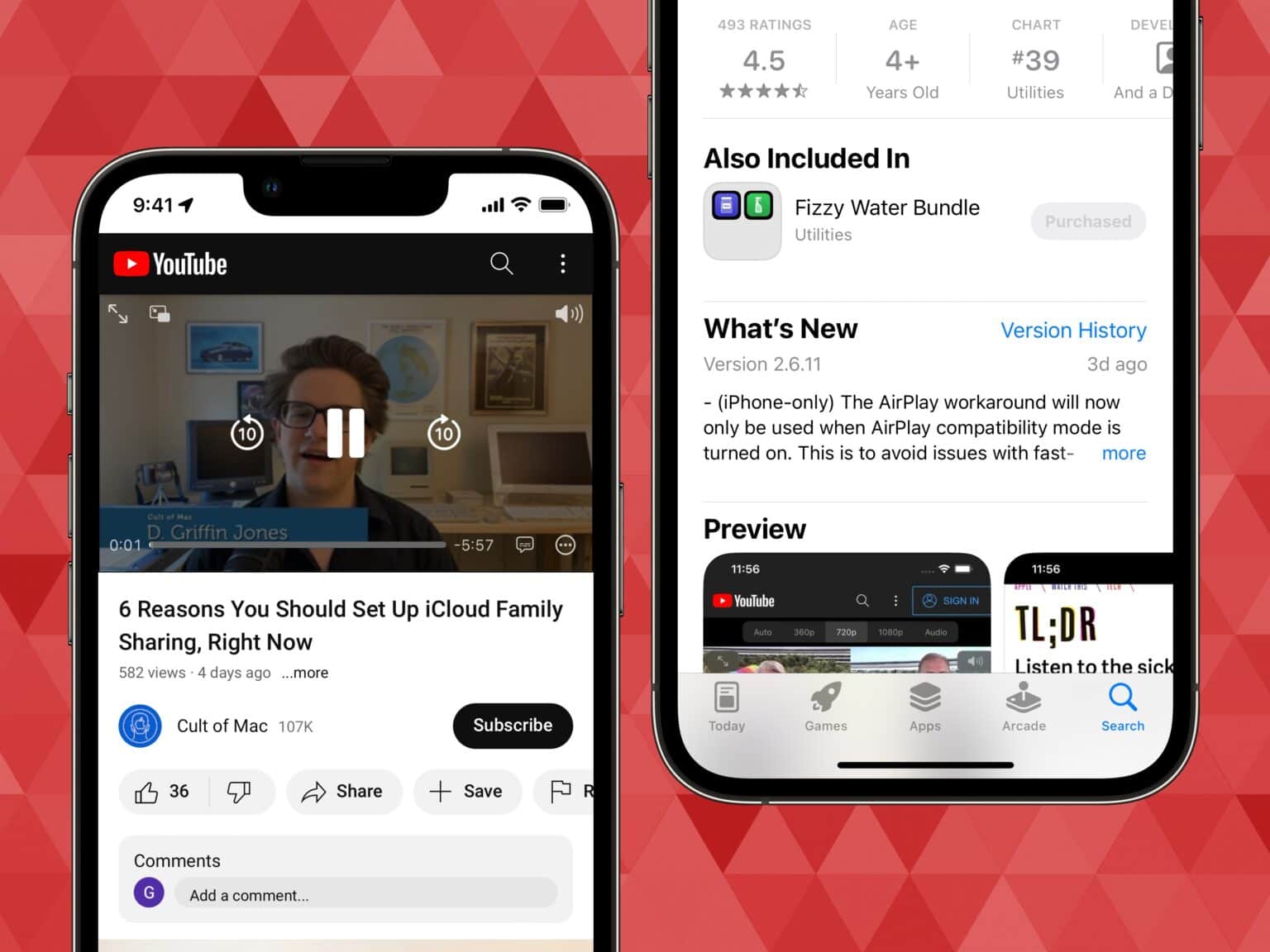Introduction
Have you ever encountered the frustrating message "This browser does not support YouTube"? If you're a Safari user, you might have come across this issue. Safari, the default web browser for Apple devices, is known for its sleek interface and seamless integration with the Apple ecosystem. However, when it comes to using YouTube, Safari users often face compatibility challenges.
YouTube, the world's largest video-sharing platform, is a go-to destination for entertainment, education, and much more. With millions of videos covering diverse topics, it's no wonder that users across the globe turn to YouTube for their daily dose of content. However, Safari users may find themselves unable to access YouTube seamlessly, leading to frustration and inconvenience.
In this article, we'll delve into the compatibility issues that Safari users encounter when trying to access YouTube. We'll explore the reasons behind these challenges and provide workarounds to help you enjoy YouTube content on Safari without any hiccups. Whether you're using a Mac, iPhone, or iPad, understanding the limitations and solutions for using YouTube on Safari can enhance your browsing experience and ensure that you don't miss out on the wealth of content available on the platform.
Let's embark on a journey to uncover the intricacies of using YouTube on Safari and discover how you can overcome the hurdles that stand in the way of seamless access to your favorite videos.
Compatibility Issues with Safari
Safari, the default web browser for Apple devices, is renowned for its user-friendly interface and seamless integration with the Apple ecosystem. However, when it comes to accessing YouTube, Safari users often encounter compatibility issues that hinder their browsing experience. These issues stem from various factors, including technological disparities and platform-specific optimizations.
One of the primary compatibility issues that Safari users face when trying to access YouTube is related to the use of outdated browser versions. YouTube, like many other online platforms, continually evolves to incorporate new features and technologies. As a result, older versions of Safari may struggle to keep up with the dynamic requirements of YouTube's interface and functionalities. This can lead to performance issues, video playback errors, and overall instability when attempting to use YouTube on Safari.
Furthermore, Safari's default settings and configurations may not always align perfectly with the technical specifications and standards that YouTube relies on for optimal performance. This mismatch can manifest in various ways, such as video buffering issues, playback errors, or the inability to access certain YouTube features seamlessly. Additionally, Safari's built-in security and privacy features, while beneficial for protecting users, can sometimes conflict with YouTube's requirements, leading to compatibility hurdles.
Another significant factor contributing to compatibility issues between YouTube and Safari is the absence of support for certain video codecs and formats. YouTube utilizes advanced video encoding technologies to deliver high-quality content to users across different devices and platforms. However, Safari's native support for these codecs and formats may not always be comprehensive, resulting in incompatibility issues that affect the seamless playback of YouTube videos.
Moreover, the absence of certain web technologies and APIs in older versions of Safari can also impede the full functionality of YouTube. As web standards evolve, YouTube incorporates new features that leverage these technologies to enhance the user experience. However, older versions of Safari may lack support for these advancements, leading to limitations in accessing and interacting with YouTube's interface and features.
In summary, the compatibility issues between YouTube and Safari stem from a combination of factors, including outdated browser versions, mismatched settings and configurations, codec/format limitations, and the absence of certain web technologies. Understanding these underlying issues is crucial for devising effective workarounds that enable Safari users to enjoy uninterrupted access to YouTube content. In the following section, we'll explore practical solutions and workarounds to address these compatibility challenges and enhance the YouTube experience on Safari.
Workarounds for Using YouTube on Safari
1. Update Safari to the Latest Version
Keeping your Safari browser up to date is crucial for ensuring compatibility with YouTube. By updating to the latest version of Safari, you can benefit from performance enhancements, security updates, and improved support for web technologies. This can help mitigate compatibility issues and ensure a smoother YouTube browsing experience.
2. Use YouTube in HTML5 Player Mode
Safari users can opt to use YouTube in HTML5 player mode, which offers broader compatibility with web standards and video playback. To enable HTML5 player mode, simply visit the YouTube HTML5 page and opt into the HTML5 trial. This allows YouTube to utilize modern web technologies that are well-supported by Safari, potentially resolving playback and compatibility issues.
3. Install Browser Extensions
Utilizing browser extensions can extend Safari's capabilities and address specific compatibility challenges with YouTube. For instance, installing extensions that enhance video playback, manage cookies, or modify user-agent settings can help optimize the YouTube browsing experience on Safari. However, it's essential to choose reputable extensions from the Safari Extensions Gallery to ensure security and reliability.
4. Adjust Safari Settings
Fine-tuning Safari's settings can help alleviate compatibility issues when using YouTube. For example, adjusting privacy settings, clearing cache and cookies, and enabling specific web features can enhance YouTube's compatibility with Safari. Additionally, ensuring that JavaScript and plugins are enabled can contribute to a smoother YouTube browsing experience.
5. Use Alternative Browsers
In cases where compatibility issues persist, using alternative browsers such as Google Chrome or Mozilla Firefox can provide a viable workaround. These browsers often offer robust support for YouTube's features and technologies, allowing users to access YouTube content seamlessly. While Safari remains the preferred browser for many Apple users, leveraging alternative browsers can serve as a temporary solution to overcome compatibility hurdles.
6. Seek Community Support and Updates
Engaging with the online community and staying informed about potential workarounds and updates can be invaluable for addressing YouTube compatibility issues on Safari. Participating in forums, following tech blogs, and staying updated on Safari and YouTube developments can provide insights into emerging solutions and community-driven workarounds.
By implementing these workarounds, Safari users can navigate around compatibility challenges and enjoy a more optimized YouTube experience. These solutions empower users to leverage the strengths of Safari while mitigating the limitations that may hinder seamless access to YouTube content.
Conclusion
In conclusion, the compatibility challenges between YouTube and Safari can present hurdles for users seeking to enjoy seamless access to the vast array of content available on the platform. However, by understanding the underlying factors contributing to these issues and implementing practical workarounds, Safari users can overcome these obstacles and enhance their YouTube browsing experience.
Updating Safari to the latest version emerges as a fundamental step in addressing compatibility issues, as it ensures that users benefit from the latest performance improvements and web technology support. Additionally, opting for YouTube's HTML5 player mode and leveraging browser extensions tailored to enhance the YouTube experience on Safari can significantly improve compatibility and video playback.
Adjusting Safari's settings, such as privacy configurations and enabling essential web features, can further contribute to a smoother YouTube browsing experience. In cases where persistent compatibility issues arise, exploring alternative browsers with robust YouTube support can serve as a viable temporary solution.
Furthermore, staying informed about community-driven workarounds and updates can provide valuable insights into emerging solutions and optimizations for using YouTube on Safari. Engaging with the online community and seeking guidance from tech forums and blogs can empower users to navigate compatibility challenges effectively.
By embracing these workarounds and remaining proactive in addressing compatibility issues, Safari users can fully leverage the capabilities of their preferred browser while enjoying uninterrupted access to the diverse content offered by YouTube.
In essence, while compatibility issues between YouTube and Safari may present initial frustrations, the availability of practical workarounds and proactive measures empowers users to overcome these challenges and unlock a more seamless and enjoyable YouTube browsing experience on Safari.







